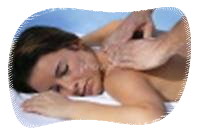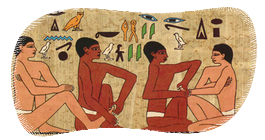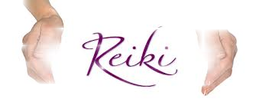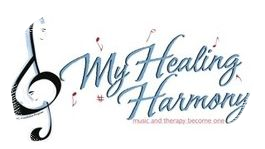Massages
Massage is a manual manipulation (touch, handle, squeeze or kneading) of soft body tissues (muscle, connective tissue, tendons, and ligaments) to enhance a person’s health and well being.
It is one of the oldest healing arts in antiques cultures around the world (China, Japan, India, Arabic nations, Egypt, Rome and Greece (Hippocrates defined medicine as “the art of rubbing).
Benefits of Massage
When soothing touch is applied to the skin, brain releases endorphins and enkephalins; these neuro-chemicals are “dubbed” the body’s natural painkillers relaxing the body.
Scientific research of touch done at the University of Miami School of Medicine, Touch Research Institute (TRI), directed by Tiffany Field Ph.D has shown important and amazing benefits of massage in the Central Nervous/Neuroendocrine System which controls most functions of the body and mind. It consists of two parts: the brain and the spinal cord. The brain is the center of our thoughts, the interpreter of our external environment, and the origin of control over the movement.
Physical Benefits of Massage
Relaxes the body, calming the nervous system
Lowers blood pressure
Reduces heart rate
Slows respiration
Stretches connective tissue
Reduces chronic pain
Improves red blood cell count
Relieves cramped muscles
Speeds recovery from injury
Reduces tension headaches
Increases tissues metabolism
Decreases muscle deterioration
Increases blood and lymph circulation
Stimulates release of endorphins
Strengthens the immune system
Reduces swelling
Improves posture and performance
Increase energy
Emotional
- Reduces anxiety and fatigue
- Enhances self-image
- Provides a feeling of well being and self-esteem
- Nurtures and stimulates emotional growth
Mental
- Reduces mental stress
- Promotes quality sleep (insomnia)
- Improves productivity (positive energy)
- Induces mental relaxation and “peace of mind”
Conditions for a Massage Therapy
Arthritis, tendinitis, bursitis, kyphosis and scoliosis, whiplash, carpal tunnel syndrome, dislocations, fibromyalgia, sport injuries, back, leg and neck pain, fractures and edema, post-surgical rehabilitation, headaches, migraines, multiple sclerosis, stress, strains and sprains, cancer symptoms, HIV, asthma and emphysema, chronic fatigue syndrome, gastrointestinal disorder, insomnia, Parkinson’s disorder, stroke, pregnancy and labor support, pre-mature infant, old age.
Contraindications
Areas of focal infection (e.g. shingles, ringworm, athlete’s foot), burns, open or healing wounds, deep vein thrombosis, bruising, heart condition, menstruation, tumors, open cuts and sores, fractures, severe osteoporosis, severe thrombocytopenia, pacemaker.
Reiki
It is a healing technique based on the principle that the therapist channel -hands-on-body, energy into the patient by means of touch, to activate the natural healing processes of the patient and restore physical and emotional well-being.
Reiki combines the Japanese and Chinese word-characters of "rei" (spiritual or supernatural) and "ki" (vital energy) and was originated by Mikao Usui Sensei by 1922 in Japan.



